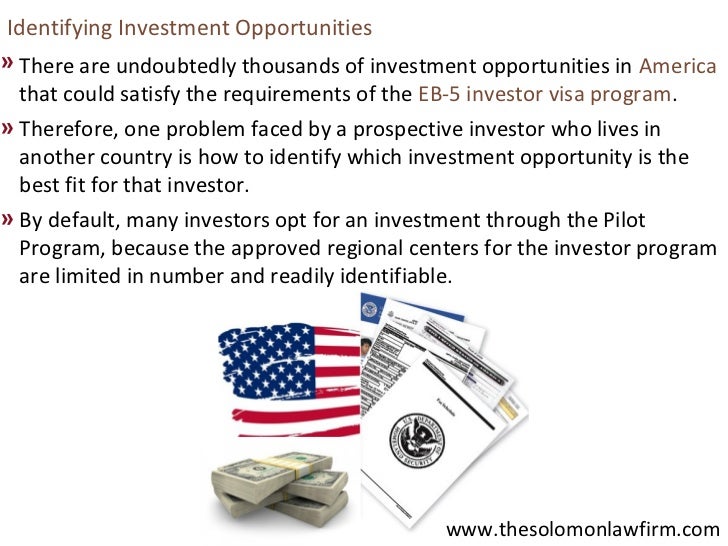Congress created the EB-5 Program in. Texas EB-5 RC offers cost efficient financing through the EB-5 Investor Visa Program to all of the state's major. Cornyn is looking to expand the number of foreign nationals who can pay their way to permanent legal residency under the EB-5 visa. Cornyn is looking to expand the number of foreign nationals who can pay their way to permanent legal residency under the EB-5 visa. The following is a list of current EB-5 (immigrant investor) regional centers by state. WB Temporary Business Visitor under Visa Waiver Program.

Instead, Law360, the Chinese couple allegedly transferred nearly $13 million to three Chinese marketing firms. One of the firms is run by the couple. Another $7 million from what was supposed to be the EB-5 program investment was allegedly transferred to the wife’s personal bank account.
The EB-5 program is most famously by Sen. Dianne Feinstein (D-CA), where she says it allows wealthy foreign nationals to buy their way through the legal immigration process and eventually to gaining U.S. John Binder is a reporter for Breitbart Texas.

Follow him on Twitter. Read More Stories About:,,,,,,,,,,,,,,,.
These days, everyone seems to be talking about EB5. The program was created more than 25 years ago to stimulate the U.S.
Economy through job creation and capital investment by foreigners. Basically, non-Americans can secure green cards for themselves and their spouses and children by making a $1 million investment that creates a minimum of 10 full-time U.S. If the investment is made in a targeted employment area, or TEA, the qualifying minimum drops to $500,000. For the first couple of decades, EB5 was sparsely used, and the investments primarily went into existing or new commercial enterprises. But then the Great Recession hit, capital markets went into a deep freeze, and frustrated real estate developers began seeking new ways of getting funding for their projects. EB5 emerged as an intriguing possibility. High Cpu Memory Usage Vista. When the program works, everyone is happy.
Developers get low-cost capital from silent investors who really just want to break even. Investors get those all-important green cards, which provide permanent residency.
Those who facilitate the investments get their cuts. Faronics Deep Freeze Standard 7.20.020.3398 Keygen Generator. And cities benefit from new jobs and tax-generating enterprises and developments.
EB5 Fast Facts The program’s goal is to create jobs and spur economic development. • Participants may invest in a new or existing commercial enterprise, or through a regional center. • A regional center is a government-approved agency that manages investor funds and the immigration approval process. • Foreign investors must invest $1 million (or $500,000 if the investment is in a targeted employment area). • The investments must create or preserve 10 permanent, full-time jobs within two years. • If guidelines are met, the investors, their spouses, and unmarried children under 21 are eligible to apply for a green card. Karl Zavitkovsky, director of economic development for the city of Dallas, began looking into the program in the late 2000s.
At the time, there were only a handful of EB5 regional centers in place. Going through these agencies, approved by U.S. Citizenship and Immigration Services, allows EB5 investors to count indirect jobs as well as direct jobs affiliated with their projects. What’s more, investors don’t have to worry about the day-to-day management of the ventures in which they invest; instead, they can become part of a pool in a limited partnership. Dallas hired an immigration attorney and came up with a model that Zavitkovsky, a former banking executive, thought could work. “We wanted it to cover the entire city, we wanted to set up criteria that would align with our economic development objectives, and, most important, we wanted something that would be administered by a third party,” Zavitkovsky says.
In 2009, the city entered into a 10-year contract with Civitas Capital Group, and the City of Dallas Regional Center (CDRC) was formed as a public-private partnership. One of the CDRC’s first projects was a $5.5 million investment in the NYLO Dallas South Side, Matthews Southwest’s transformation of a 100-year-old building at Lamar and Belleview streets. The complicated financing involved EB5 money, as well as historic and new market tax credits. Partly due to its Southern Dallas location, the project likely would not have gotten off the ground if it had relied on traditional capital. Another CDRC project was Craig Hall’s 18-story office tower in the Arts District. Hall felt it was the right time to move forward, but had no tenant in hand, and capital was an issue without any pre-leasing.